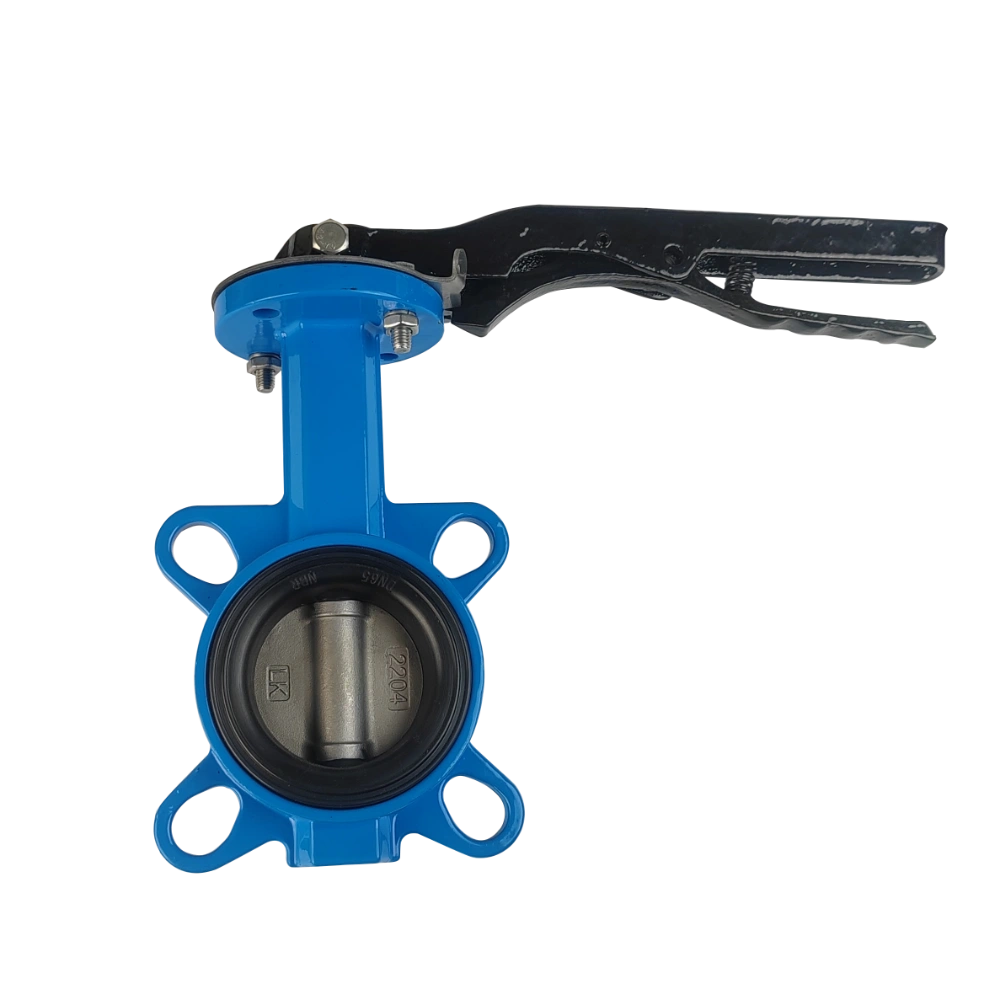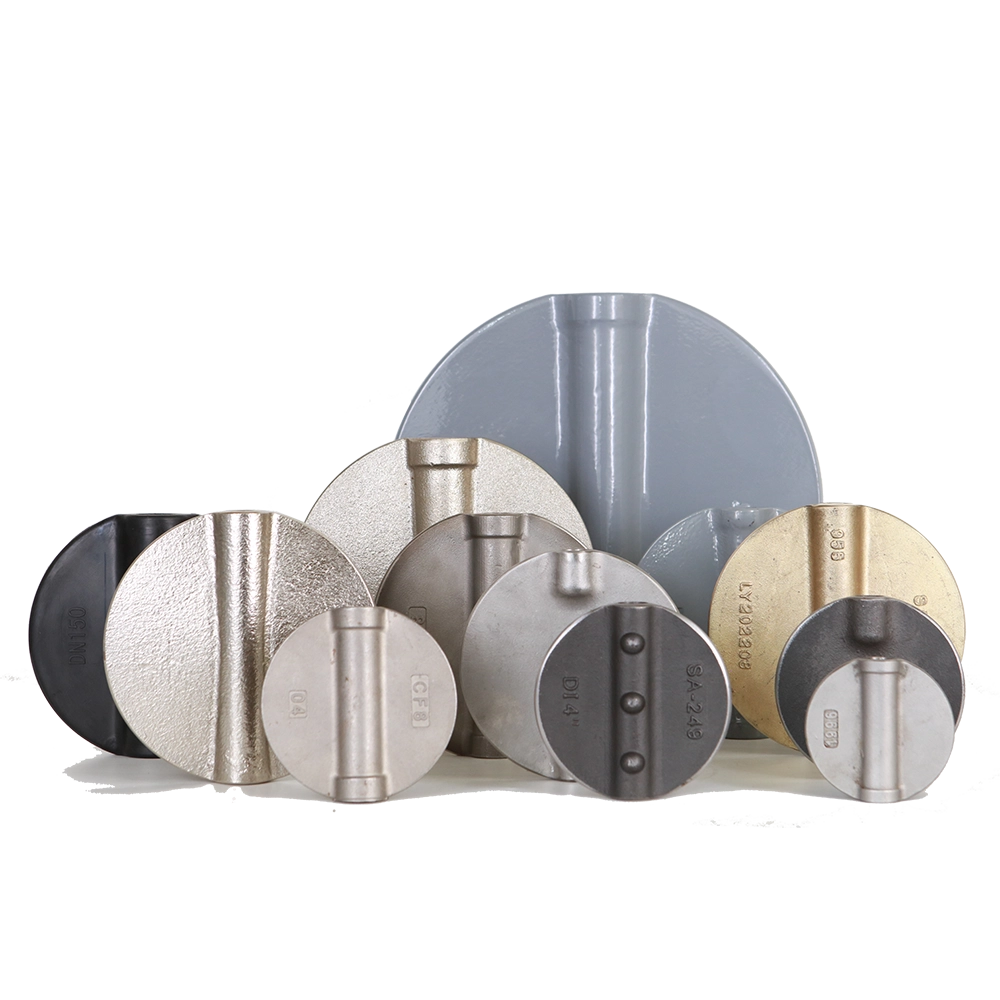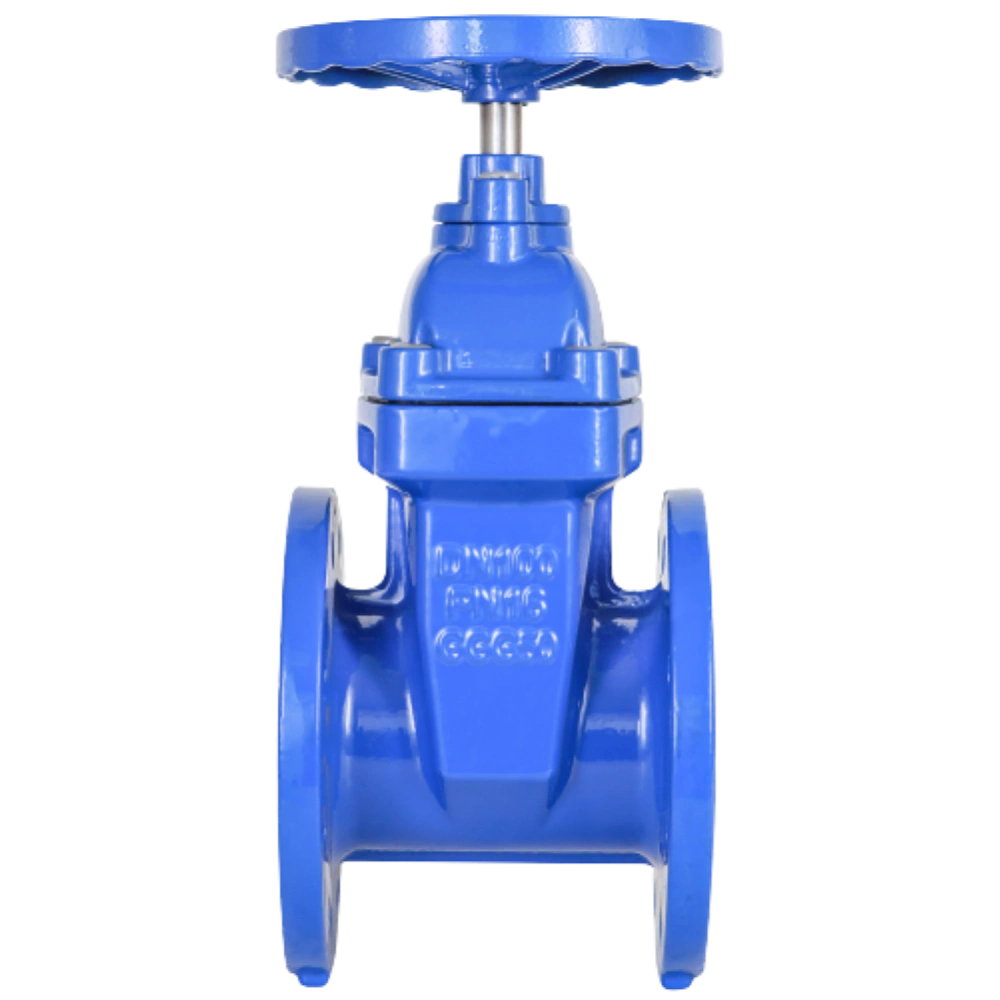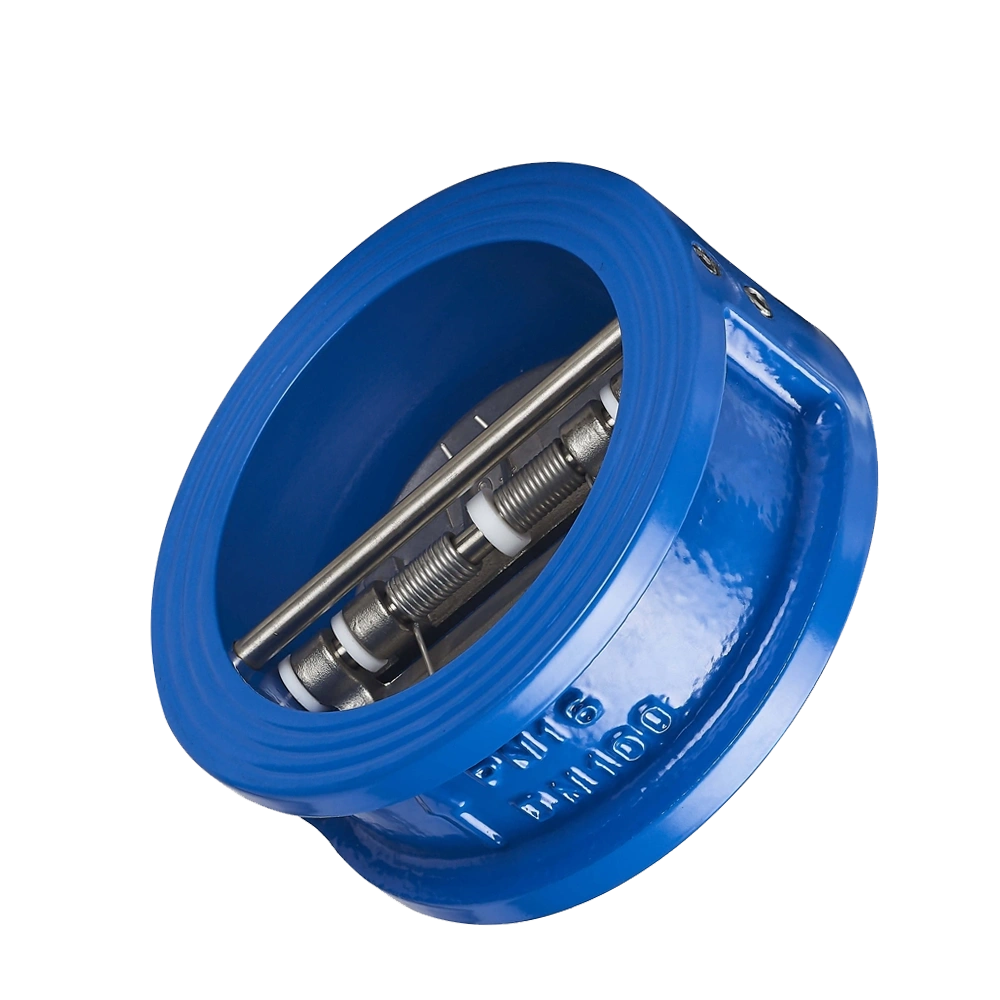1. Introduction to Butterfly Valve Seals
A butterfly valve is a quarter-turn rotary valve that controls the flow of fluids (primarily liquids and gases) by rotating the disc. The butterfly valve seals ensure that the butterfly valve does not leak when it is closed. Seals are available in a variety of designs and materials, depending on the valve application and fluid conditions.
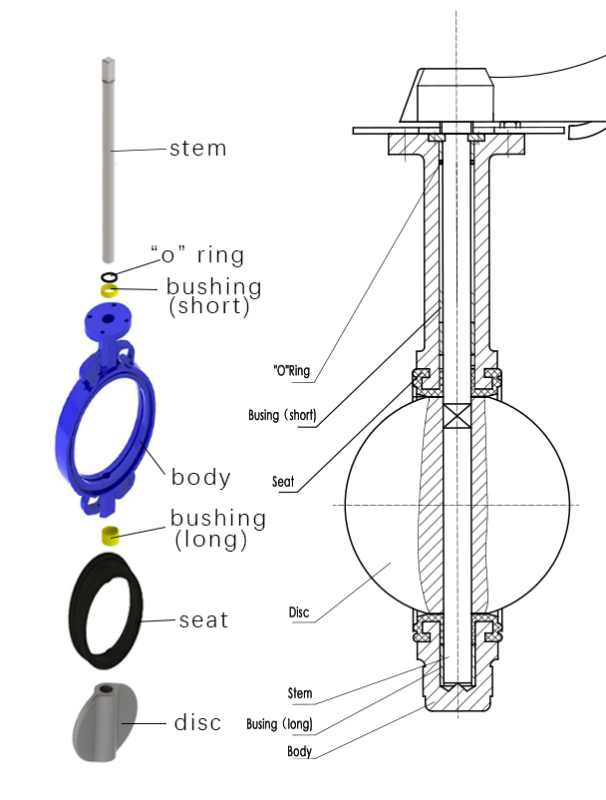
Butterfly valve seals are generally classified by their function (e.g. soft or hard), material (e.g. elastomer, metal), and design features (e.g. concentric or eccentric). The type of seal used will affect the valve’s performance, durability, and suitability for a specific application, such as high-pressure systems, chemical resistance, or high-temperature environments.
2. Importance of Seals in Butterfly Valves
As a major component of a butterfly valve, the seal is critical to the function of the butterfly valve for the following reasons:
– Leakage prevention: As the name suggests, the main function of a butterfly valve seal is, of course, to prevent leakage. The seal creates a tight closure between the disc and the valve body to ensure that no fluid escapes when the valve is in the closed position.
– Durability: Seals are subject to wear and tear from opening and closing operations, as well as fluid erosion, so the valve seat of a butterfly valve needs to be wear-resistant while maintaining its sealing performance.
– Versatility: Different seal types and materials allow butterfly valves to be used in different industries such as water treatment, oil and gas, chemical processing, and HVAC.
3. Types of butterfly valve seals
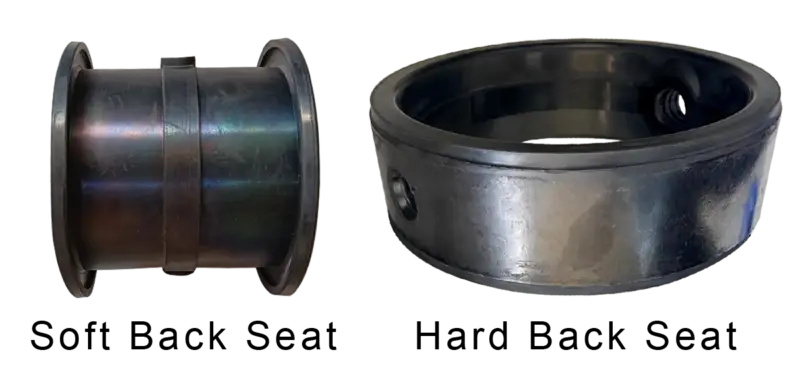
3.1 Soft seals
Soft seals refer to ring-shaped objects made of elastic materials such as rubber and PTFE. EPDM/NBR and others have excellent flexibility, wear resistance, and sealing ability. PTFE seals are wear-resistant and deformation-resistant, and also have excellent non-reactive properties. Soft seals are generally used in applications with low pressure and normal temperature ranges.
EPDM: EPDM is known for its excellent weather resistance, ozone resistance, and water resistance, making it an ideal choice for water supply applications.
NBR: It has excellent oil and fuel resistance, making it suitable for oil processing and fuel systems.
Viton: Viton is known for its resistance to chemicals, high temperatures, and aging, and is the first choice in corrosive media applications.
In detail, soft-seal valve seats can also be divided into soft back seat and hard back seat.
The material of the hard back seat valve seat is composed of rubber on the outside wrapped on the hard back seat inside. Its installation method is to use a professional valve assembly machine to press the valve seat into the valve body.
The soft back seat is composed of rubber as a whole, so it is also called a backless valve seat. Its installation method is manual installation by workers. It is also convenient for maintenance, replacement and disassembly.
Advantages:
– Excellent sealing performance at low pressure, which can achieve 0 leakage.
– Suitable for applications that require tight closure.
– Economical and widely available.
– Can effectively adapt to pipeline vibration.
Disadvantages:
– Limited high temperature resistance.
– Susceptible to chemical degradation.
– Not suitable for pipes containing particles or crystalline media.
Applications:
– Water supply system.
– HVAC system.
– General industrial applications.
3.2 Metal seals
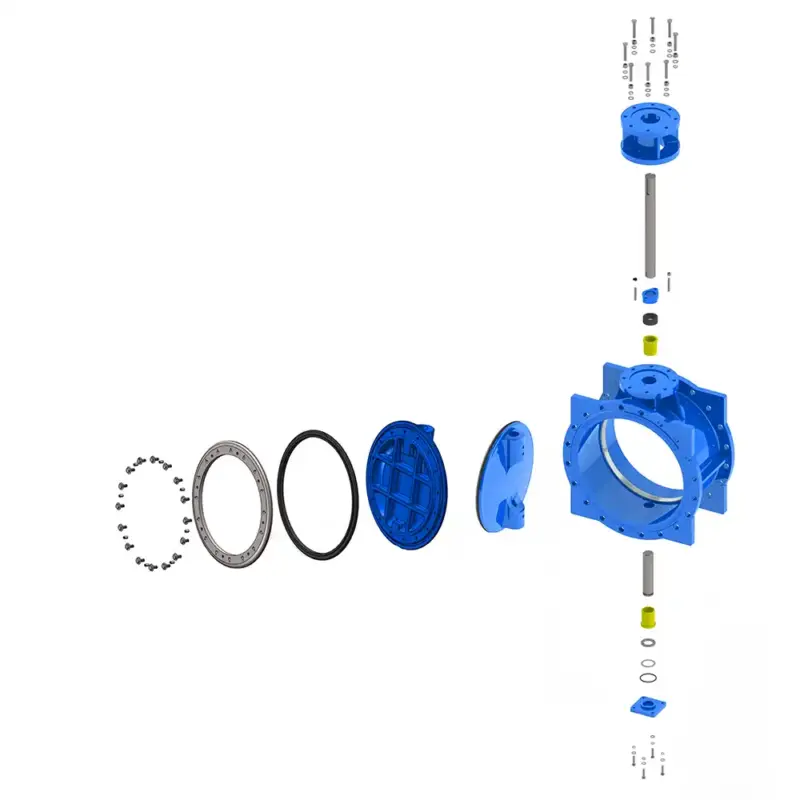
Metal seals are also called hard seals, which are usually made of materials such as stainless steel, bronze or nickel alloy. They are designed for high pressure and high temperature applications. The rugged construction of metal seals provides the most reliable wear resistance.
Advantages:
– Excellent performance in demanding environments such as extreme temperatures and pressures.
– Highly durable and wear-resistant.
– Suitable for corrosive environments.
Disadvantages:
– Poor leak-proof sealing in low-pressure applications.
– The greater rigidity of the seals limits their use in systems with significant thermal expansion or contraction.
Applications:
– Oil and gas pipelines.
– Chemical, power plants.
– High-temperature steam applications.
3.3 Combination Seals
Combination seals combine soft and metal seal technologies to provide the best of both worlds. In these designs, the metal seal ensures durability and high-pressure performance, while the soft seal provides enhanced leak-proof capabilities.
Advantages:
– Can handle a wider range of pressures and temperatures.
– Provides excellent sealing at low and high pressures.
Disadvantages:
– More complex designs may increase costs.
– Careful maintenance is required to ensure both seals remain effective.
Applications:
– Chemical plants.
– Heavy industrial applications.
– Systems with variable pressure and temperature ranges.
4. Seal Design and Construction
Butterfly valve seals are designed in different configurations depending on the specific application and fluid dynamics. Here are three common seal designs:
Concentric seal design: In concentric butterfly valves, the seal is placed symmetrically to the valve disc. This design achieves sealing through the flexibility of the sealing material.
Eccentric seal design: In double and triple eccentric butterfly valve designs, the valve disc is offset from the centerline, reducing friction and wear on the seal during operation. Usually equipped with a combination seal or metal seal.
5. Application of different seal types
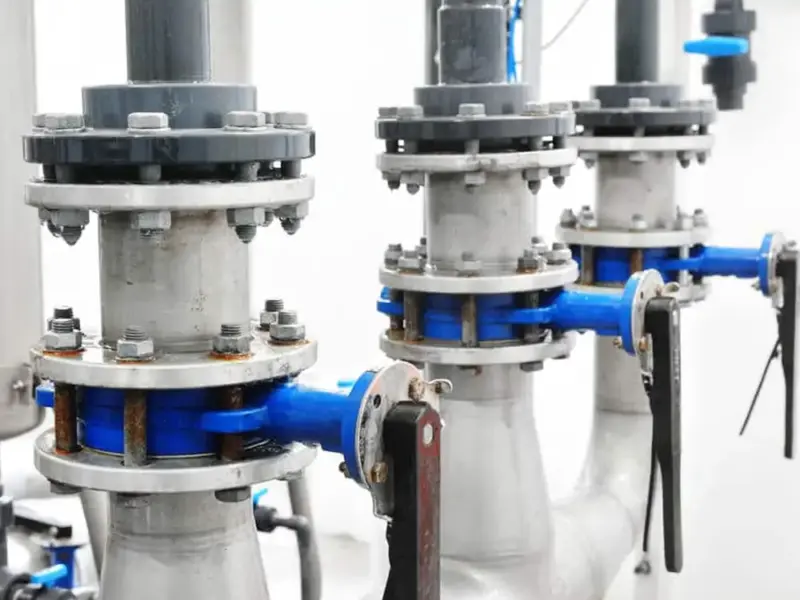
Depending on the type and material of the seal, butterfly valves are used in various industries:
– Water treatment: Soft-seal butterfly valves made of EPDM are often used in water and wastewater systems due to their flexibility and cost-effectiveness.
– Chemical processing: PTFE-sealed valves are used due to their chemical resistance, ensuring that the valve can withstand corrosive media without compromising the seal.
– Oil and gas: Metal-sealed butterfly valves, especially those using Inconel or stainless steel, are well suited for high-pressure, high-temperature environments such as oil pipelines.
– HVAC systems: Soft-sealed valves, especially those with EPDM or NBR seals, are used for air and water flow control in HVAC systems.
6. Seal maintenance and lifespan
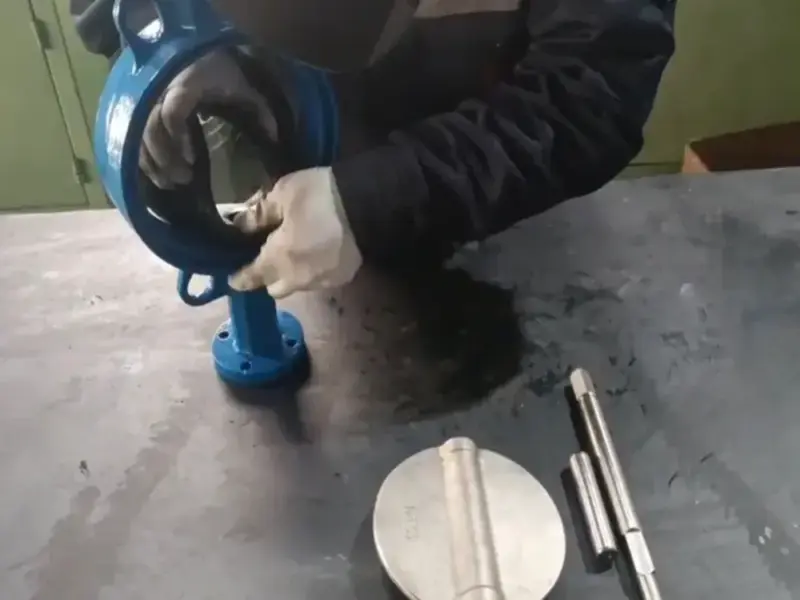
Proper maintenance of seals is essential to ensure long-term valve performance. Regular inspection for wear, chemical degradation or thermal damage can prevent leaks and ensure efficient operation.
The life of a seal depends on operating conditions, and soft seals generally need to be replaced more frequently than metal seals.

